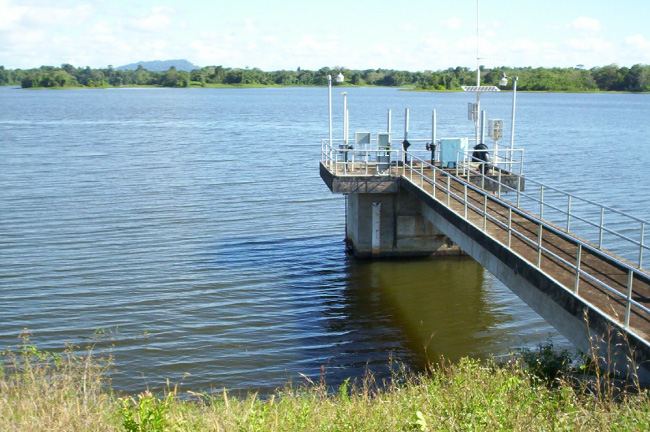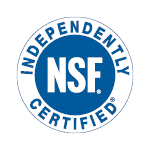World Health Organisation (WHO) standards reveal the presence of health risk contaminants in water produced by Trinidad and Tobago’s Water and Sewerage Authority (WASA).
In a letter dated 2nd May 2016, WASA confirmed the production of a number of by-products that are dangerous to human health. They also stated that they strive to keep those contaminants below WHO levels of concentration to reduce health risks.
The contaminants listed by WASA include: 2,4,6-trichlorophenol, formaldehyde, bromoform, dibromochloromethane, bromodichloromethane, chloroform, Dichloroacetic acid, Trichloroacetic acid, Chloral hydrate.
WASA’s Drinking Water Quality Guidelines are adopted from WHO Guidelines for Drinking Water Quality, 4th edition.

WASA’s use of chlorine as a disinfectant in its water treatment process produces Trihalomethanes (TTHM) which includes: chloroform, bromoform, bromodichloromethane, chlorodibromomethane.
The adverse health effects of TTHM include: liver, kidney, and central nervous system problems; and an increased risk of cancer.
A WASA official said that the installation of a point of use carbon filter would remove TTHM, but he said the carbon filter should be used after a particulate filter.
He added that a carbon filter would remove chlorine but expose the filtered water to possible virus contamination. Virus contamination can however be removed by ultraviolet purification, he said.
So what are consumers of WASA’s water to do?
Many of WASA’s consumers are health conscious if one is to judge by their behaviour … they purchase bottled water and cheap water purifiers – jugs are popular.
But they all miss the point made by the WASA official … to guarantee the highest quality drinking water – consumers need particulate, carbon and ultraviolet filtration in that order.
The most cost efficient answer for consumers is the eSpring Water Purifier – eSpring is certified under NSF standards 42, 53 and 55 Class B.
NSF (National Sanitation Foundation) International is an independent, accredited organisation that tests and certifies products to protect the world’s food and water consumer products and environment.
They have established the following international standards for home use water treatment systems:
- NSF/ANSI 42 – Drinking Water Treatment Units – Aesthetic Effects
The Aesthetic Effects standard is used to verify that a drinking water filter effectively removes contaminants that cause undesirable odour and taste (chlorine, particulates).
- NSF/ANSI 53 – Drinking Water Treatment Units – Health Effects
This standard is used to evaluate whether water filters are effective in removing a wide range of chemicals and gases that present a health risk to consumers.
- NSF/ANSI 55 – Ultraviolet Microbiological Water Treatment Systems
NSF/ANSI Standard 55 establishes the minimum requirements for the certification of point-of-use/point-of-entry (POU/POE) ultraviolet (UV) systems and includes two optional classifications:
Class A systems (40 mJ/cm2) are designed to disinfect and/or remove microorganisms, including bacteria and viruses, from contaminated water to a safe level. Class A systems may claim to disinfect water that may be contaminated with pathogenic bacteria, viruses, Cryptosporidium or Giardia.
Class B systems (16 mJ/cm2) are designed for supplemental bactericidal treatment of public or other drinking water that has been deemed acceptable by a local health agency. Class B systems may claim to reduce normally occurring nuisance microorganisms.
Take Action Now!
Take a look at a list of health contaminants reduced by the eSpring Purifier – Click Here!
To purchase an eSpring Purifier
eSpring is the leading brand name throughout the world for home water treatment systems. To purchase an eSpring Purifier, register as a customer at The Vitamin Store – Click Here !
Presented by
Louis Blake
Email: blake@acandi.ws
Updated: September 26, 2019
© Copyright by Permission of:
ACandi Marketing Enterprises,
PO Box 2071, NMC, Piarco, Trinidad, W.I.
© Copyright All Rights Reserved.
References:
- https://www.wasa.gov.tt/WASA_Education_water_Reservoir_Arena.html
- http://www.nsf.org/services/by-industry/water-wastewater/residential-water-treatment/residential-drinking-water-treatment-standards
